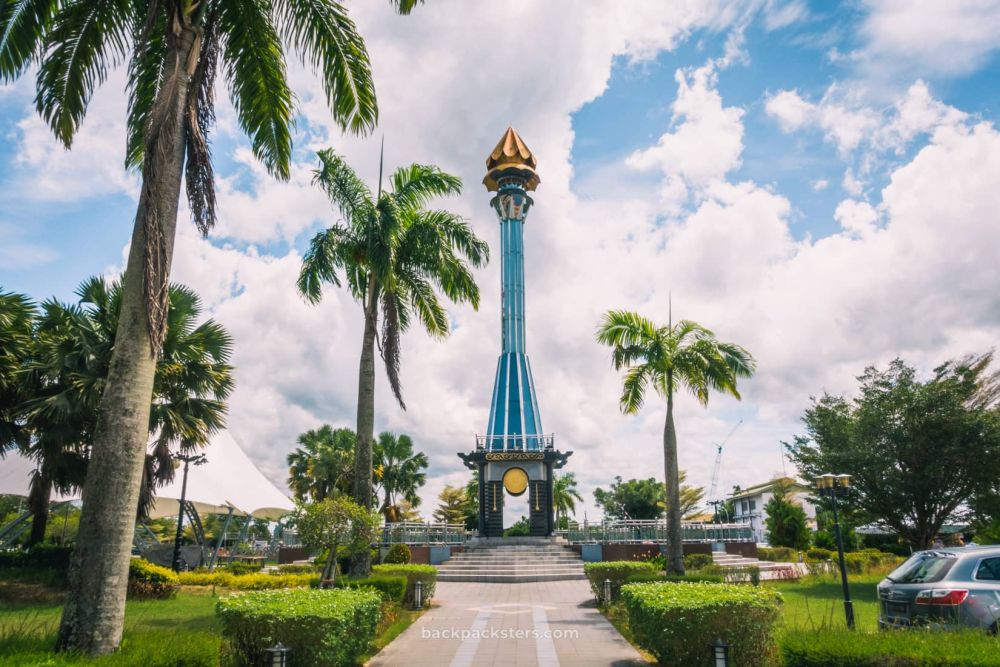

Tucked away on the northwestern shores of Brunei, Kuala Belait is a quiet town that often goes unnoticed in the bustling Southeast Asian tourism scene. However, this unassuming destination has a charm and history of its own within the realm of tourism.
In the early 20th century, Kuala Belait's significance grew due to the discovery of oil in the region, which drew a workforce from various parts of the world. Although initially the influx was related to the industry, it set a base for multicultural encounters and laid the foundations for a future in tourism.
Over time, as Brunei's wealth increased thanks to its oil reserves, there were substantial investments in infrastructure, thereby making places like Kuala Belait more accessible and visitor-friendly. The town's serene beaches, parks, and a mix of colonial and modern architecture began to draw the attention of tourists seeking off-the-beaten-path destinations.
In recent years, with the global push towards responsible and sustainable travel, Kuala Belait has come to represent a kind of destination that appeals to this new trend. Tourists are now exploring beyond the typical capitals and major cities, venturing into quieter towns that showcase authentic local experiences.
Looking ahead, Kuala Belait is likely to develop its tourism offerings further, focusing on sustainable practices and community involvement. Efforts to preserve its unique landscape and cultural heritage are expected to play a crucial role in its growth as a travel destination that values both its visitors and its roots.
While Kuala Belait may not be as widely recognized as other tourist hotspots in Southeast Asia, its subtle blend of history, culture, and nature positions it as an appealing destination for those looking to explore the less trodden paths. Its journey in the realm of tourism represents a haven for sustainable and culturally immersive travel experiences.